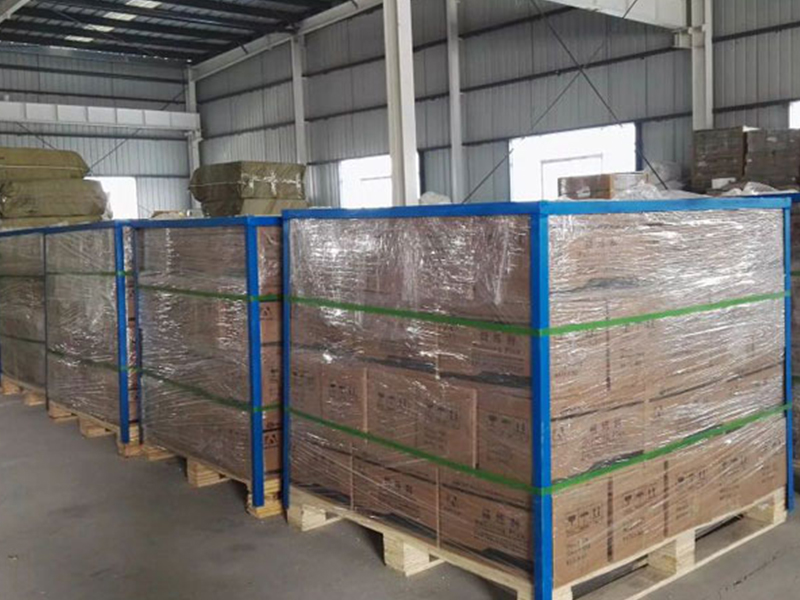
14 11月 Alumina Ceramic Foam Filter Introduction
Alumina Ceramic Foam Filter Introduction
Introduction
Alumina Ceramic Foam Filter is a special technology. Divided into two shapes: round specifications, square specifications and weaving way: honeycomb. It has a foam-like porous structure of ceramic products, and its light weight, chemical stability, large surface area through-hole rate, corrosion resistance, high strength, good thermal shock resistance characteristics.
Operation
Ceramic foam filter with a high temperature, corrosion resistance, resistance to molten metal erosion, high strength, high pass rate, and the characteristics of the large surface area is mainly used in the field of metallurgy and casting metal liquid filtration. The flow of a mixture of molten metal passes Adtech Ceramic Foam Filter porous structure becomes uniform smooth clean molten metal filled the mold to remove the molten steel in the fineness of micron inclusions and some parcels gas reduce the erosion of the sand mold, and reduce product obsolescence rate. Alumina Ceramic Filter can be made ??of different pore size and porosity, in order to obtain satisfactory filtration effect.
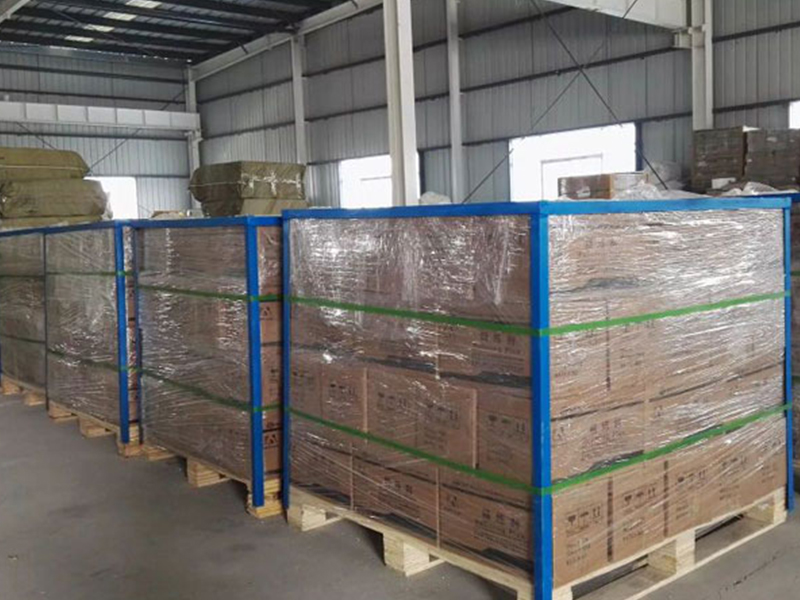
Ceramic foam material
Ceramic foam filter, depending on the materials: alumina foam ceramic filters, silicon carbide ceramic foam filter, zirconia ceramic foam filter, and magnesium oxide foam ceramic filter.
In the bronze casting process, the use of silicon carbide ceramic foam filter material is of SiC.
Steel castings uses zirconia ceramic foam filters. Zirconia ceramic foam filters material of ZrO2 zirconia. Zirconia heat-resistant temperature of the filter is higher than about 1760 ° C, with very high strength and excellent high-temperature impact.
Ceramic Foam Filter products effectively remove solid-state mixed with the molten metal, so aluminum alloy can be successfully forged, aluminum foil manufacturing, extrusion processing technology, perfect aluminum products. 10ppi coarse porosity 70ppi of fine porosity range of options


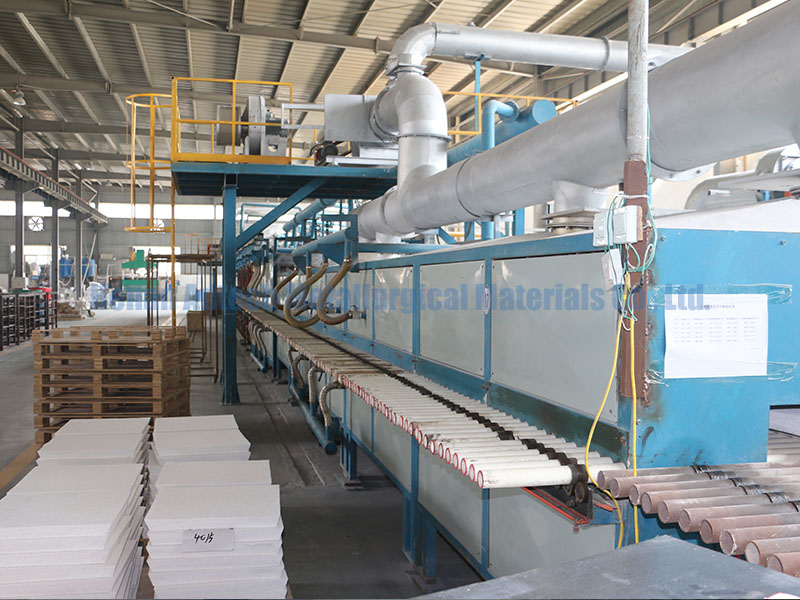
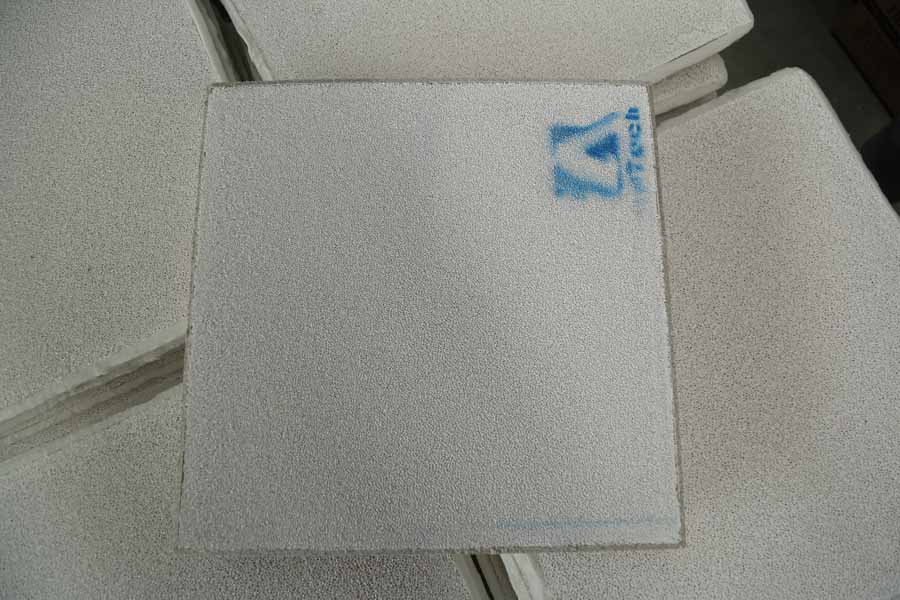
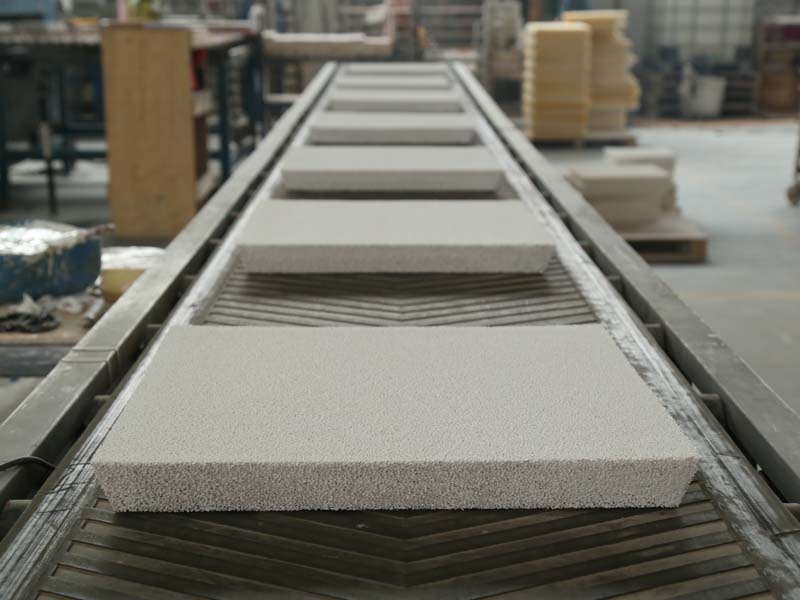
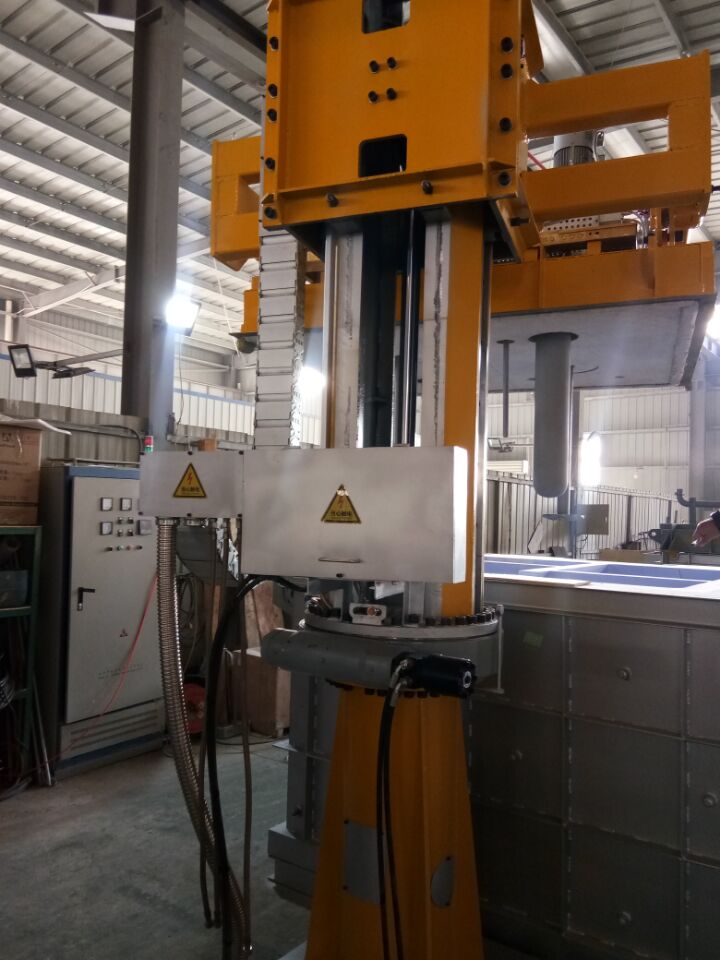

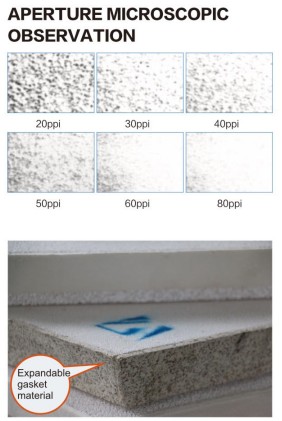
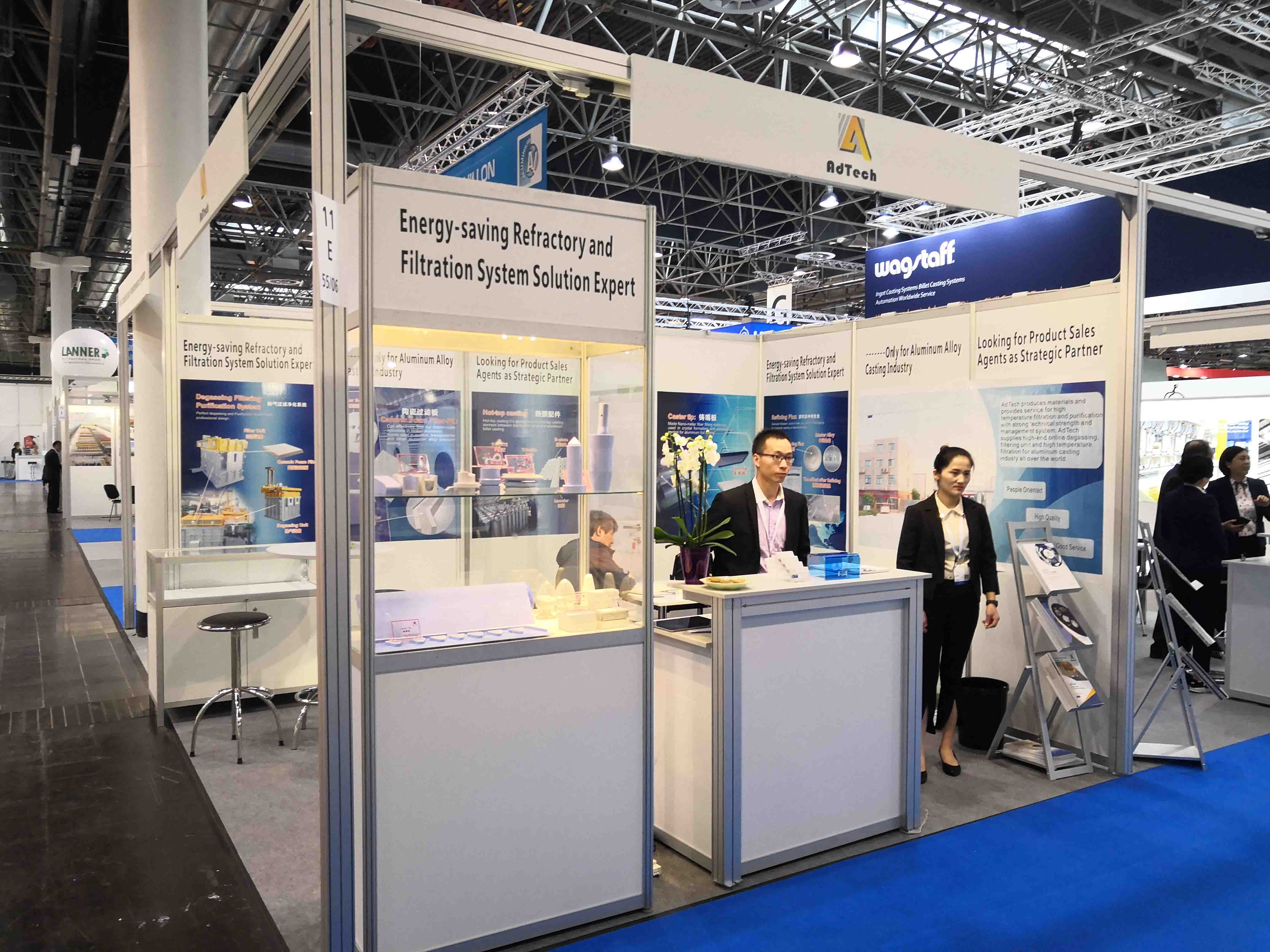
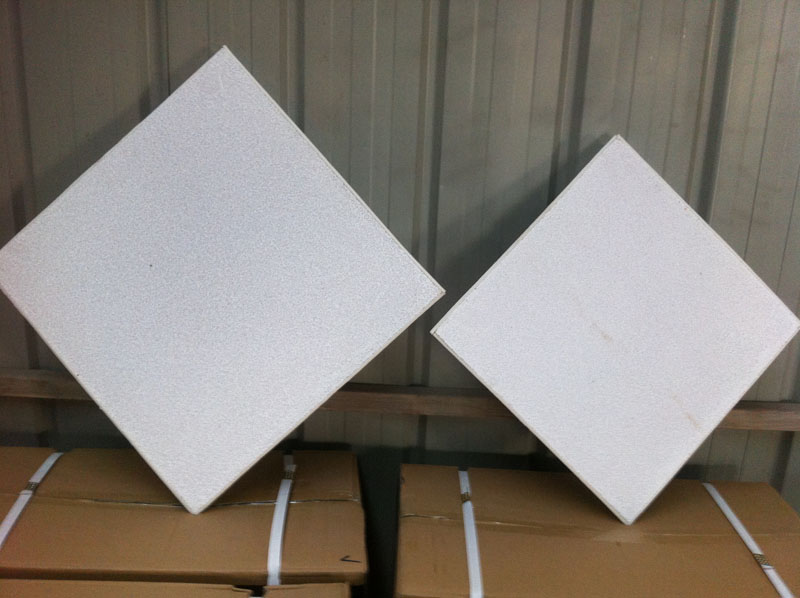
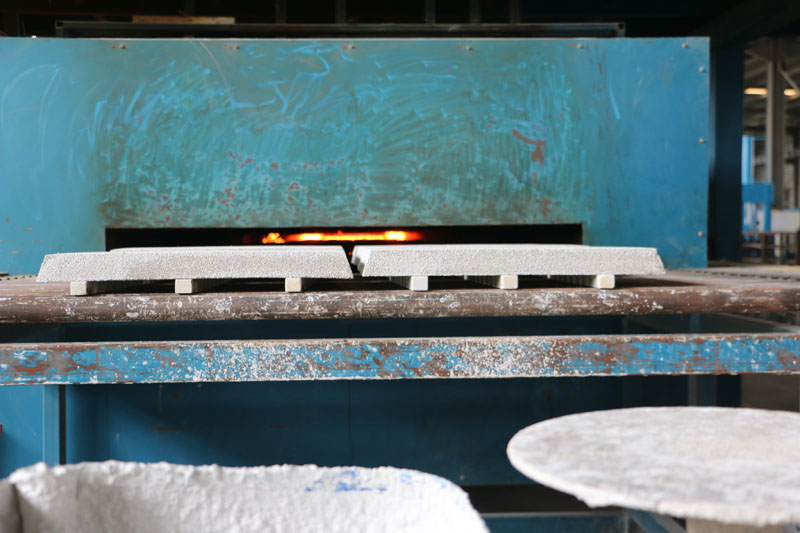
No Comments